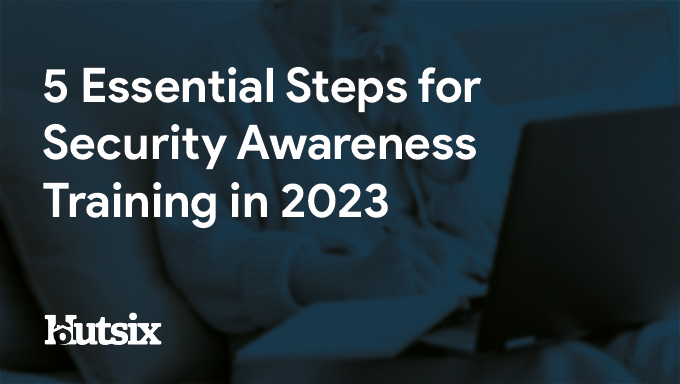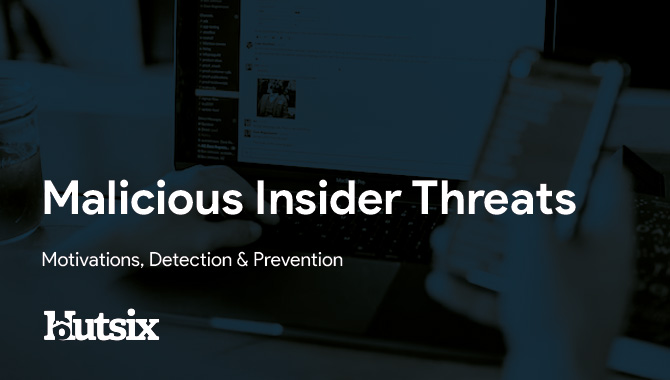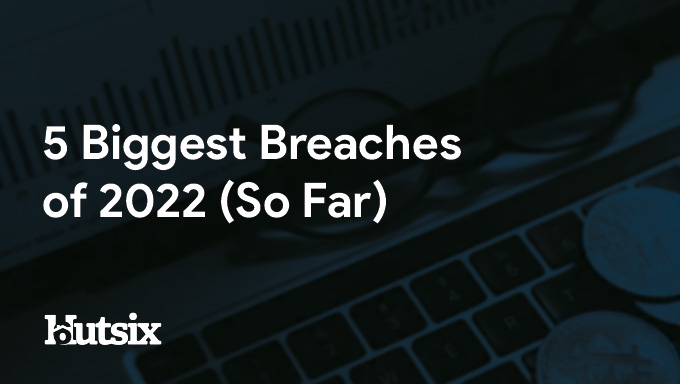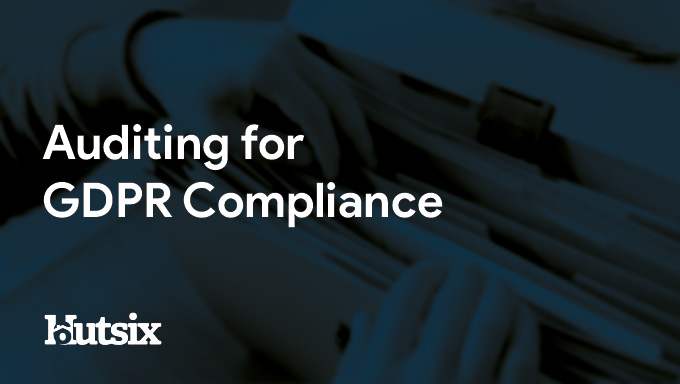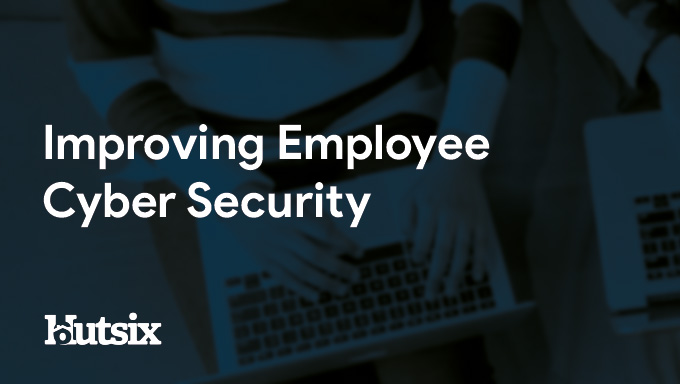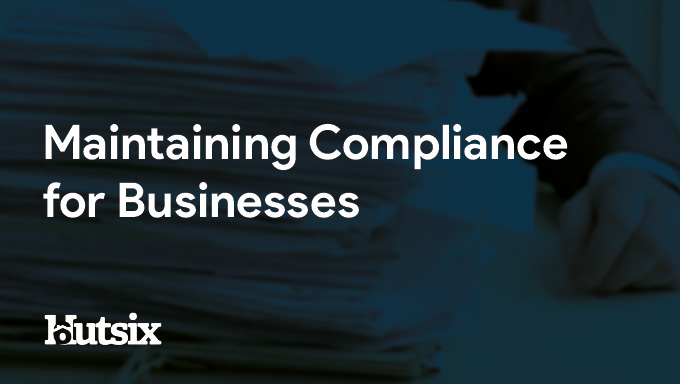How to Demonstrate that your Organisation is Compliant with the GDPR
The General Data Protection Regulation (GDPR) is a piece of EU-wide legislation that came into effect in May 2018. Designed to protect the privacy and personal data of EU citizens, the GDPR applies to all organisations that process the personal data of EU citizens, regardless of where that organisation is located.
With organisations found to be in breach of GDPR facing substantial fines, up to 4% of the organisation's annual global turnover or €20 million (whichever is greater), it is essential that organisations follow specific requirements and implement appropriate technical and organisational measures to adequately protect personal data.
Ready to start your journey to becoming compliant?
We can help you - let's have a chat.
Steps to Demonstrate GDPR Compliance
Demonstrating compliance with the GDPR requires organisations to adopt a comprehensive approach to data protection and privacy, and while the specifics of demonstrating compliance will depend on your individual organisation, here are seven steps to help guide you in the task ahead.
Appoint a Data Protection Officer (DPO): Depending on needs, size, and operations, the first step will be to consider if a DPO needs to be appointed. Responsible for advising the organisation on its obligations under the GDPR and monitoring its compliance, a DPO's duties also include ensuring staff follow processes and policies.
Conduct a Data Protection Impact Assessment (DPIA): A DPIA is a risk assessment that organisations must carry out if their processing activities are likely to result in a high risk to the rights and freedoms of individuals. These assessments help organisations to identify and assess the risks posed by their processing activities and to put in place appropriate measures to mitigate those risks.
Develop and implement privacy policies: Organisations must develop privacy policies that set out how they will comply with the GDPR, including how they will collect, process, store, and share personal data.
Implement appropriate technical and organisational measures: Organisations must implement appropriate technical and organisational measures to ensure the security of personal data and to prevent unauthorized access, disclosure, alteration, or destruction of personal data. This includes measures such as encryption, access controls, and regular backups.
Conduct regular GDPR training for employees: Another critical aspect of demonstrating GDPR compliance and reducing overall risk, is ensuring that all employees are properly trained on GDPR requirements and their responsibilities under GDPR.
Maintain records of processing activities: Organisations must maintain detailed records of all GDPR compliance activities, including data protection audits, policies and procedures, training, and reviews. These records can be used to demonstrate compliance to data protection authorities if required.
Conduct regular GDPR compliance reviews: Given that GDPR compliance is a continuous and ongoing process, it is essential that organisations conduct regular reviews to ensure they remain GDPR compliant and to identify any areas that require improvement.
GDPR Compliance and Improving Information/Cyber Security
Compliance with the GDPR can help organisations with their cyber and information security in several ways:
Strengthening Data Protection
As previously noted, the GDPR requires organisations to implement appropriate technical and organisational measures to ensure the security of personal data and to prevent unauthorized access, disclosure, alteration, or destruction of personal data. This helps to strengthen the protection of personal data and to reduce the risk of cyber-attacks and data breaches.
Encouraging Best Practices
The GDPR requires organisations to conduct regular risk assessments, and to implement appropriate measures to mitigate those risks. This helps to encourage organisations to adopt best practices in information security and to stay up-to-date with the latest threats and vulnerabilities.
Raising Awareness
The GDPR requires organisations to train their employees on their obligations and to make them aware of privacy policies. This helps to raise awareness of the importance of data protection and information security, and to ensure that all employees understand their role in protecting personal data.
Increasing Transparency & Accountability
The GDPR requires organisations to be transparent about their processing activities and to provide individuals with information about how their personal data is being used. This helps to increase transparency and to build trust with individuals, who, in turn, are more likely to share their personal data if they know how it will be used and protected.
Data Breach Notification
GDPR requires organisations to report data breaches to data protection authorities and affected individuals within 72 hours of becoming aware of a breach. This requirement helps to ensure that breaches are addressed promptly, and that the impact of any incident is minimised.
To find out more about the benefits of compliance, check out our blog Maintaining Compliance for Businesses.
Try our GDPR Training for Free!
GDPR Compliance and Employee Training
The GDPR requires that all employees who handle personal data receive appropriate training on GDPR requirements and their responsibilities under the regulation. This is because employees play a critical role in ensuring that personal data is processed in accordance with GDPR requirements and that data subjects' rights are respected.
Under Article 39(1)(b) of the GDPR, the DPO is responsible for ensuring that employees who process personal data receive training on GDPR requirements. The DPO should identify the specific training needs of employees based on their job functions and the type of personal data they handle; with training covering topics such as:
The principles of data protection
Data subject rights
Data breach reporting and response
The organisation's data protection policies and procedures
The requirements for obtaining and managing consent
Providing effective and relevant training to employees is crucial for organisations to establish a culture of compliance and mitigate the chances of misconduct or security-policy non-compliance.
When employees have a clear understanding of the compliance requirements, organisations can create an environment in which employees understand the implications of non-compliance and are motivated to adhere to the guidelines.
Security Awareness for your Organisation
Enjoyed our blog? Learn more about how Hut Six can help improve you security awareness with training and simulated phishing. Start a free trial now, or book a meeting with one of our experts.
Featured
Does ChatGPT Pose a Cybersecurity Risk
In this blog post, we explore whether AI chatbots like ChatGPT pose a cybersecurity risk. We delve into the potential vulnerabilities and threats posed by chatbots, and discuss measures that can be taken to mitigate these risks. Read on to discover how you can ensure the security of your organisation's chatbot interactions.
How Do I Get Cyber Essentials Certified?
Learn how to obtain Cyber Essentials certification and enhance your organization's cybersecurity posture with our comprehensive guide. Our expert insights will help you navigate the certification process to meet the requirements for Cyber Essentials.
Essential Steps for Security Awareness Training
Starting a security awareness training campaign? Here are 5 essential steps to help ensure information security success.
Malicious Insider Threats - Meaning & Examples
Malicious insider threats can cause massive problems. Here we examine some of the motivations behind attacks and methods of detection organisations can use to reduce risk.
5 Biggest Breaches of 2022 (So Far)
Five of the biggest and most significant data breaches, hacks, and information security attacks of 2022 (so far).
Auditing for GDPR Compliance
Questions to consider when auditing your business or SME for General Data Protection Regulation (GDPR) compliance.
Improving Employee Cyber Security
With human error responsible for many breaches and attacks, we offer some helpful areas for improving employee security compliance.
5 Cyber Tips for your Business
Essential cyber tips for helping your business or SME improve information and cyber security.
The Benefits Of Maintaining Compliance For Your Business
By maintaining compliance for your business you can ensure operational efficiency, reduce financial risk, enhance public trust, engage your employees and realise your mission.
Top 5 Phishing Trends in 2022
Insights, trends, and statistics from the world of phishing in 2022.





